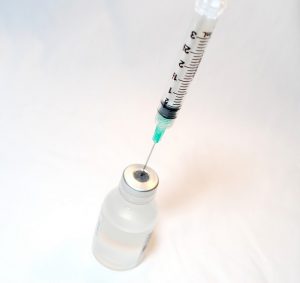This January, celebrate Cervical Health Awareness Month by spreading the word about keeping your cervix healthy. Here are five facts all women should know about preventing HPV infection, lowering risk for cervical cancer, and more.
1. Most adults have been infected with human papillomavirus (HPV).
While some strains of this virus can cause serious health complications such as cervical cancer or genital warts, most forms of the virus are harmless and leave the body within a year or two without causing any symptoms. More than 79 million Americans have had HPV, a number comprising the majority of sexually active adults, with more than 14 million new infections each year.
2. HPV vaccines are recommended for both boys and gir ls.
ls.
The Centers for Disease Control and Prevention now recommends that both boys and girls get a vaccine that protects against the riskiest strains of HPV. The recommended age to receive this immunization is 12, but anyone younger than age 26 can still get the vaccine.
3. Cervical cancer screening is recommended.
Sexually active women should visit a gynecologist for cervical cancer screenings. While this has traditionally been a Pap test, most doctors now screen for the disease with an HPV test for women older than age 25, with a Pap test as follow-up if the virus is detected.
4. Screening has made a profound impact on deaths from cervical cancer.
Because every gynecologist is now able to detect cervical cancer in its earliest, most treatable form, the death rate from this disease has decreased more than 50 percent over the last 30 years according to the American Cancer Society.
5. Free and low-cost Pap testing is available.
Your local hospital, clinic, or pharmacy may offer free or low-cost cervical cancer screenings. The National Cervical Cancer Coalition has an online database for this service that is searchable by state.
If you haven’t had an HPV test, January is a great time to get caught up on your cervical health.
Special thanks to NIAID for the image.
